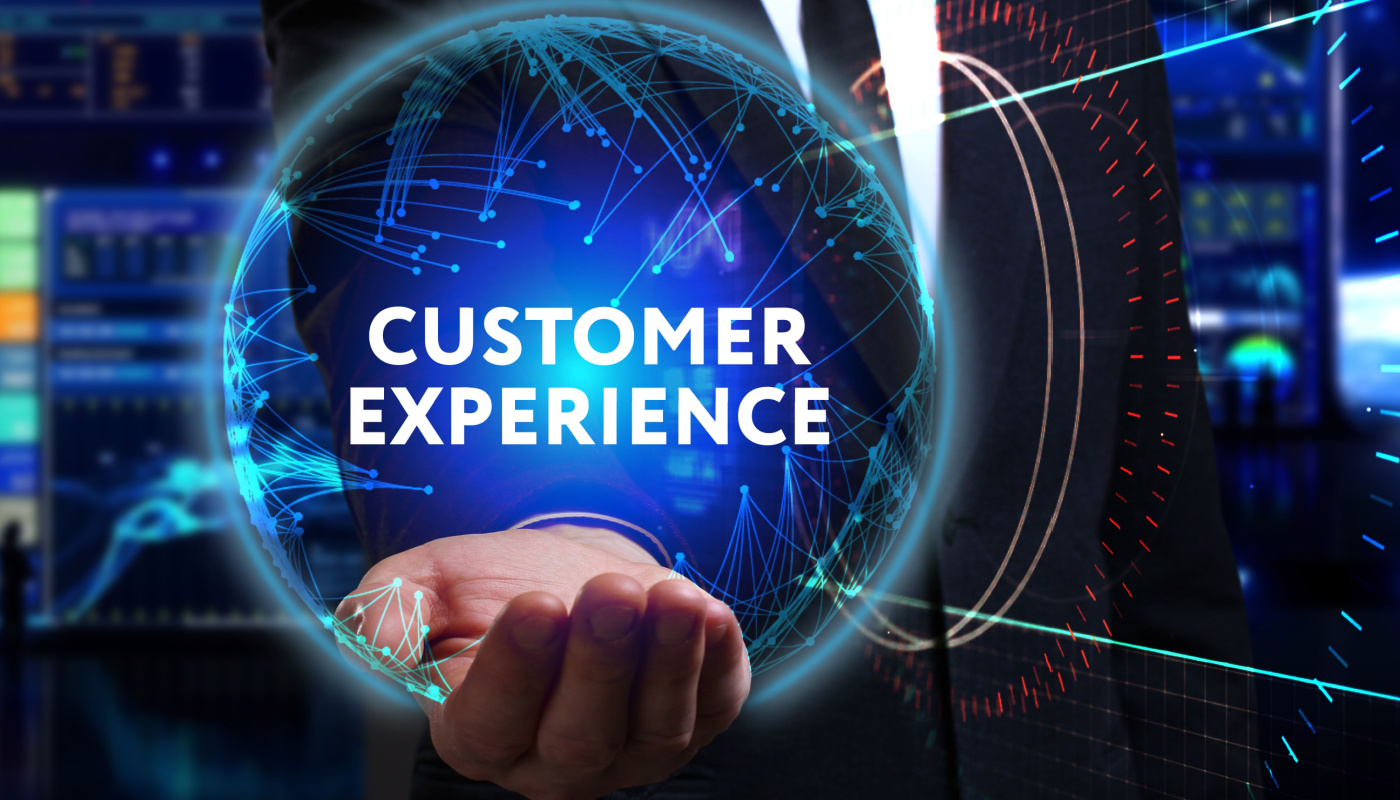4 Ways to Personalize Your Customers’ Experience
When a customer calls your inbound call center, you have literal seconds before they start to form judgements and opinions of your systems, your customer service, and your company. Indeed, the time from when the phone starts ringing to when the customer connects with an agent is perhaps just as crucial to maintaining high levels of customer satisfaction as the actual service that your agent provides. One way to ensure that this time is spent productively and to keep customers happy is by personalizing the call experience as much as possible. Here are four strategies that will do just that and instantly improve your customers’ experience.
Use Hold Time Wisely
Depending on the nature of your business and your call center, a customer might come in with the expectation that they will have to wait on hold. Assuming that you have established this expectation, hold times aren’t outrageous, and they don’t seem to be impacting customer satisfaction too much, you don’t necessarily need to take steps to reduce hold times. What you can do, however, is use that hold time to improve the customer experience. You can do this by providing frequent updates on wait time or the customer’s place in line, so they don’t feel lost and in the dark. You can also have the customer provide some basic personal information through your IVR so that when they do reach an agent, the agent can immediately start addressing the customer’s inquiry as opposed to taking valuable time to look up addresses and account numbers.
Program Detailed Call Routing
The call routing mechanisms you have in place play a huge role in the customer’s experience and how personalized it feels. If the customer is able to use the IVR to navigate straight to the person or department best equipped to solve their problem, they will go into that conversation from a more hopeful and patient place than if it took them multiple steps or transfers to reach the correct agent. Likewise, detailed call routing makes it easier for agents to dive right into troubleshooting and problem solving, since they won’t need to spend time determining the nature of the problem or searching for a creative solution—if the callers in their ear are the folks they are specifically trained and equipped to help, that help will be that much easier to provide.
Make a Good First Impression
When the customer does reach an agent, it’s critical that the agent makes a good first impression. This encompasses everything from their tone and delivery to what they are actually saying. If the customer has had the opportunity to input basic personal information while on hold, diving right into confirming this information tells the customer that the agent knows they’ve been waiting and doesn’t intend to waste time. If the agent is in a specific department or specializes in a specific type of support, clarifying that at the start of the call will either confirm for the customer that they are in the right place or signal that they need someone else’s help before they spend too much time talking to this particular agent. Every second counts!
Offer Different Contact Options
The final way to easily personalize the customer’s experience is to let them choose the contact method that works best for them. There will always be people who prefer to call and talk to an expert who can help them solve their problem, but there are also people who might prefer to read an article or watch a video and then try to work things out on their own. At the same time, there might be other customers whose issues are not pressing and would prefer to send an email and wait for a written response to their question. Giving customers the chance to choose the help method that works best for them will go far towards personalizing their experience and improving overall customer satisfaction.
CallShaper’s cloud-based call center software makes it easy to take these and other steps to personalize your customers’ experience. To learn more about how, contact us today.


Leave A Comment